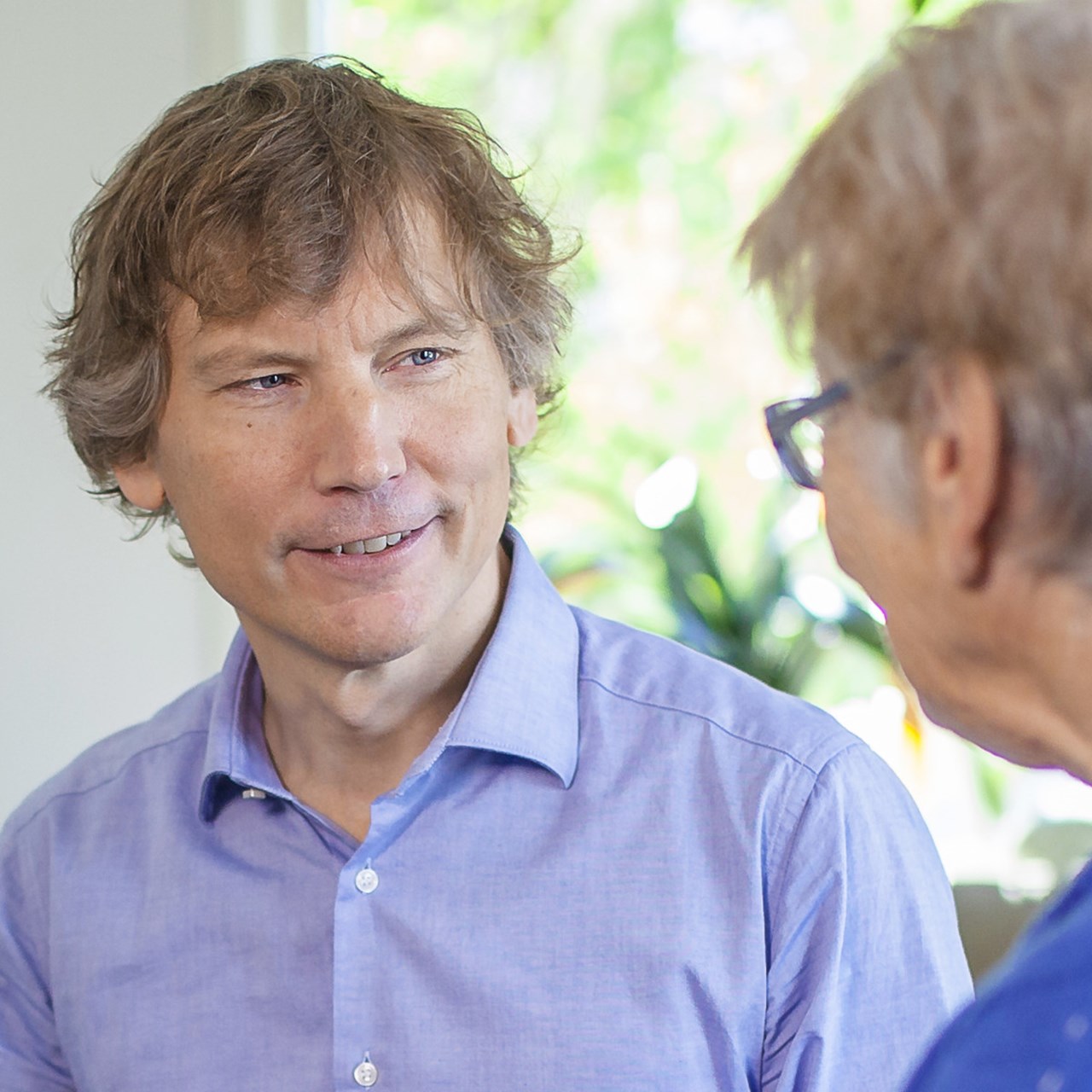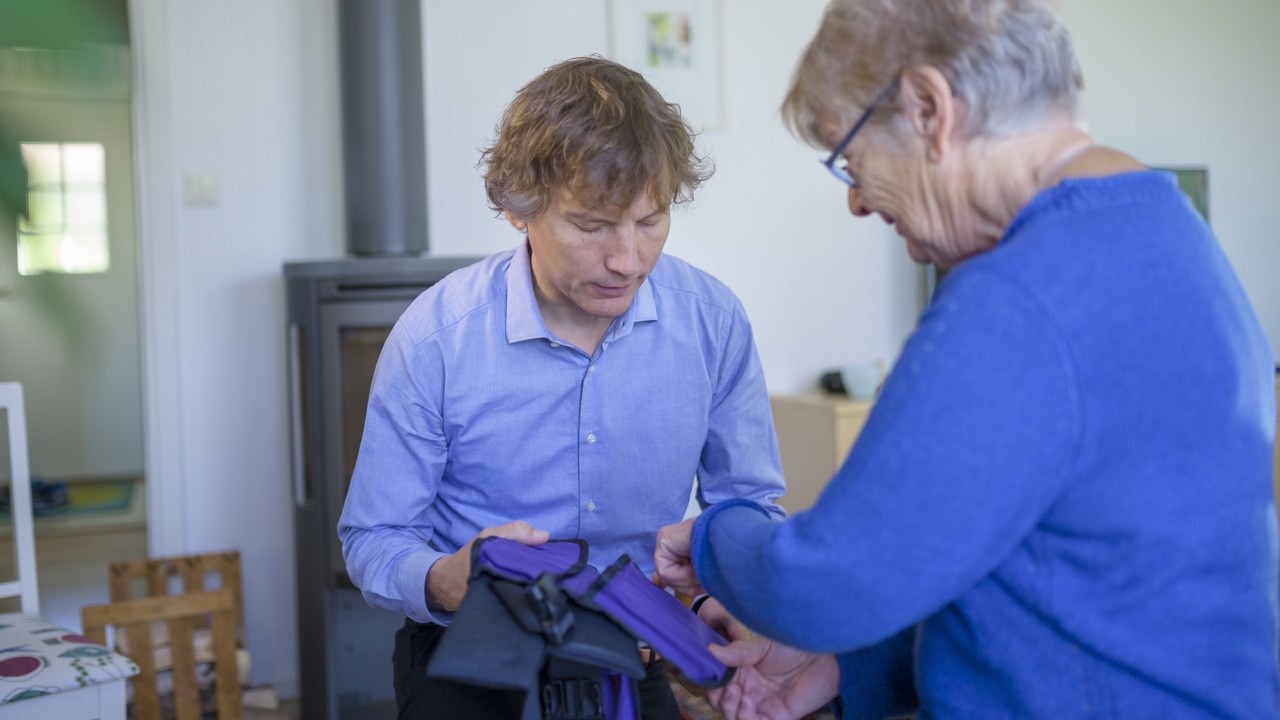
Examining health effects of intensive exercise for older adults
PROFILE As a result of the increased life expectancy in humans, the number of chronically ill people is also rising. One example is the 150,000 people – a constantly growing number – who suffer from dementia in Sweden alone. According to Erik Rosendahl, intensive physical exercise can be the answer of great importance.



